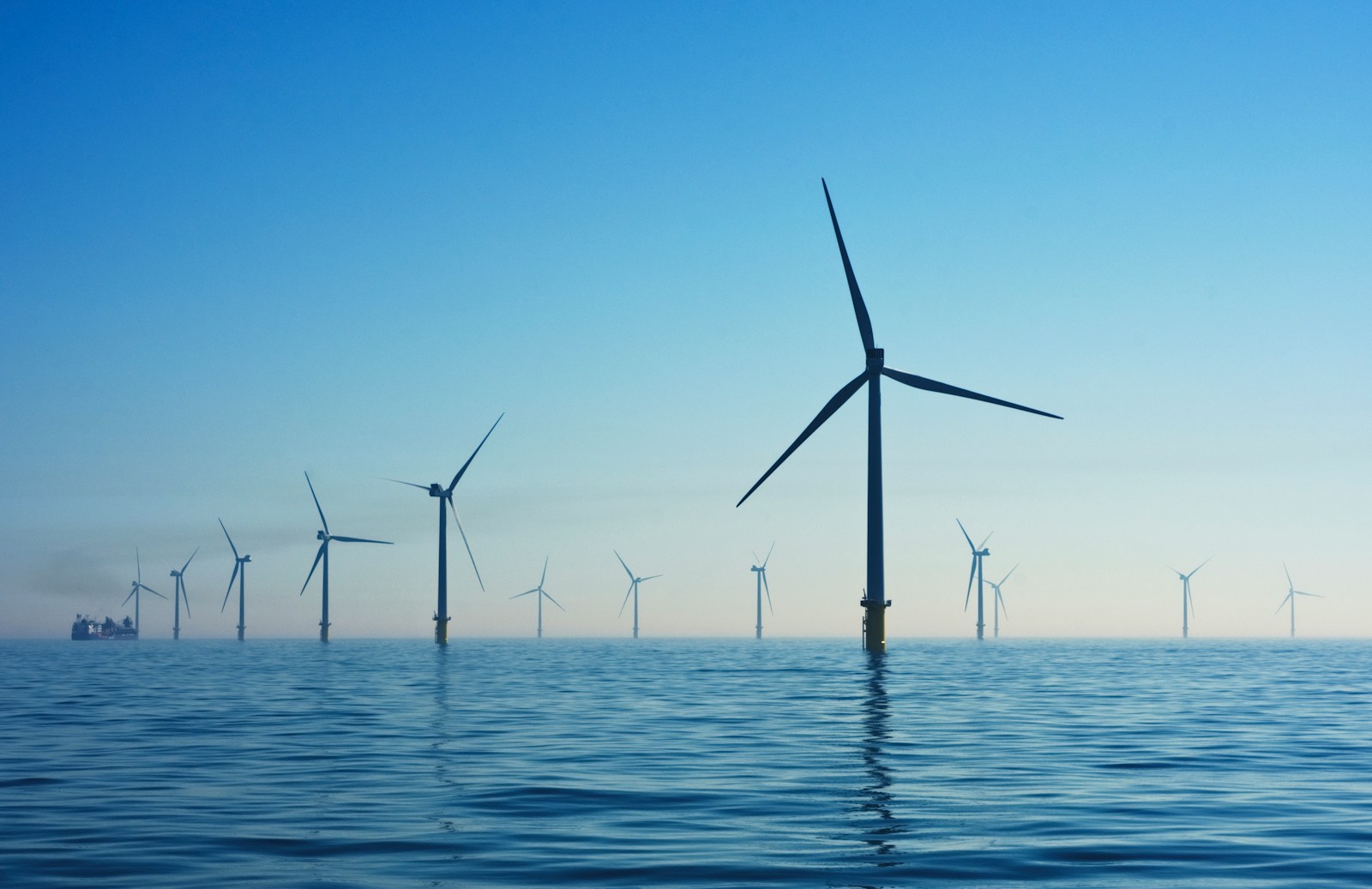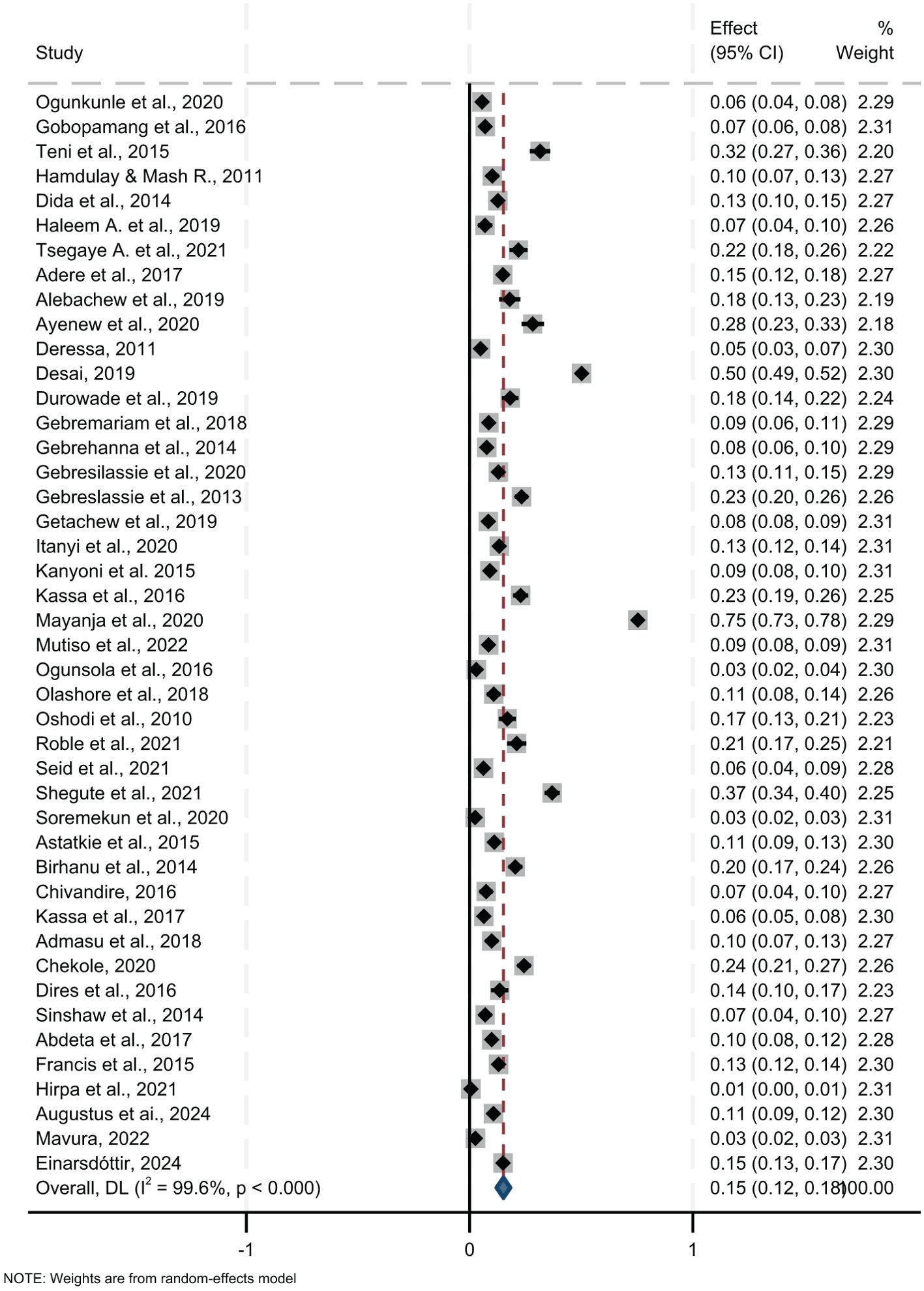In the midst of an ever-changing global landscape, the intersection of climate change and digital transformation has created a unique challenge that requires innovative financial solutions. The climate crisis and the rapid digital shift are not just interconnected, they are two sides of the same coin, each influencing the other in profound ways. As such, redefining climate finance has become more than a matter of investing in green technologies; it’s about facilitating a dual transition, one that addresses both the urgent need for environmental sustainability and the accelerating pace of digital transformation.
The Dual Transition: A New Global Imperative
At its core, the “dual transition” concept refers to two parallel shifts: one towards a green, sustainable economy, and another towards a highly digitalized world. These transitions are interwoven in ways that make it impossible to address them separately. The digital revolution provides the tools and infrastructure necessary for advancing climate solutions, such as data-driven strategies for reducing emissions and enhancing efficiency, but it also creates new challenges related to energy consumption, waste, and inequality. Conversely, the green transition aims to reduce environmental damage while ensuring that the growth of digital technologies doesn’t exacerbate the strain on natural resources.
As governments and industries grapple with these competing priorities, the role of climate finance has never been more important. Traditional financing mechanisms, which typically focus on either environmental sustainability or technological development, must evolve to consider the complexities of both transitions. A successful strategy for climate finance will be one that aligns financial investments not only with environmental goals but also with the technological innovations that are enabling the green shift.
The Financial Mechanisms Behind the Dual Transition
To enable this dual transition, it’s essential to rethink how climate finance is allocated and structured. In the past, investments were often siloed, funding for environmental initiatives came from one pool, while digital investments were funded separately. However, these investments are now inseparable. The financial mechanisms supporting the green and digital transitions must work in tandem, addressing the intersection of technology and sustainability.
Several key areas stand out in this evolving landscape:
1. Green Digital Infrastructure:
Building green digital infrastructure is foundational to the dual transition. This involves investing in technologies that reduce the carbon footprint of digital networks and devices, such as energy-efficient data centers and low-carbon cloud computing. It also means funding the development of smart cities that can leverage digital technologies to improve urban efficiency and sustainability.
2. Innovative Financing Models:
The traditional models of climate finance, such as grants, loans, and bonds, must be updated to reflect the new realities of the digital age. Innovative financing models that blend green and digital goals, such as impact investing, blended finance, and public-private partnerships, are becoming increasingly popular. These models not only attract capital but also ensure that investments generate both environmental and technological returns.
3. Regulatory and Policy Support:
Governments play a critical role in fostering the dual transition by setting clear policies and regulations that encourage investment in both green technologies and digital solutions. Regulatory frameworks that incentivize innovation in areas like renewable energy, sustainable agriculture, and circular economy practices, while simultaneously encouraging the adoption of digital technologies, are key to making the dual transition a reality.
4. Capacity Building and Inclusivity:
Financial support for the dual transition must also extend beyond capital investment to include capacity building and inclusivity. As digital technologies can often exacerbate social inequalities, it’s crucial that climate finance incorporates social considerations. This means ensuring that marginalized communities have access to the benefits of both the green and digital revolutions, such as clean energy, digital education, and employment in sustainable industries.
Climate Finance as a Driver of Innovation
For the dual transition to succeed, climate finance must do more than just fund existing solutions; it must be a driver of innovation. Climate finance has the power to accelerate the development of new technologies and systems that can address the challenges posed by both climate change and the digital revolution. By funding research and development in areas such as green tech and sustainable digital infrastructure, we can unlock new ways to reduce carbon emissions and enhance economic resilience.
One example of such innovation is the development of green blockchain technologies, which offer the promise of transparent, efficient, and sustainable digital transactions. Another is the rise of AI-powered climate solutions, which can help optimize energy use in industries and homes, monitor emissions in real-time, and predict climate-related risks. These technologies, funded through targeted climate finance, can drive both the environmental and technological transitions in tandem.
The Role of Private Sector Investment
While public sector investment is essential for addressing the scale of the climate crisis, private sector involvement is equally crucial for funding the dual transition. The private sector, with its agility and ability to innovate, plays a pivotal role in scaling new solutions quickly and efficiently. Companies are increasingly seeing the value in aligning their business models with both green and digital goals, as consumer demand for sustainable and tech-driven products continues to rise.
Moreover, the private sector’s ability to engage in long-term partnerships, collaborate on research and development, and deploy cutting-edge solutions is key to realizing the potential of the dual transition. Sustainable business models, from green tech startups to large corporations, are actively contributing to shaping the future of both industries and are set to benefit from the convergence of green and digital finance.
Bridging the Gap Between the Green and Digital Transitions
The ultimate challenge in climate finance today is bridging the gap between the green and digital transitions. Historically, environmental and technological financing efforts have been distinct, with green finance primarily addressing climate adaptation and mitigation, while digital investments have focused on technological innovation without necessarily considering their environmental impact.
However, as the world faces a rapidly changing climate and a digital economy that requires massive energy inputs, these two spheres must be integrated. Climate finance must be structured in a way that balances both the reduction of environmental impact and the promotion of technological advancements. By recognizing the interconnectedness of these transitions, we can develop solutions that tackle climate change without sacrificing technological progress.
Conclusion: A Unified Financial Vision for a Sustainable Future
The dual transition towards a green and digital future is not a distant ideal, it is an urgent necessity. For this vision to become a reality, climate finance must evolve to address the complexities of both transitions simultaneously. By fostering innovation, supporting green digital infrastructure, and ensuring inclusivity, we can harness the full potential of both worlds.
The future of climate finance lies in a unified approach that brings together the green and digital revolutions. Through thoughtful investment, innovative financing models, and supportive policies, we can create a sustainable future that benefits not only the environment but also the global digital economy. By aligning the goals of climate action with the possibilities of digital technology, we can accelerate the global shift towards sustainability, ensuring a more equitable and resilient world for future generations.
For more news: africaciviclens.com




